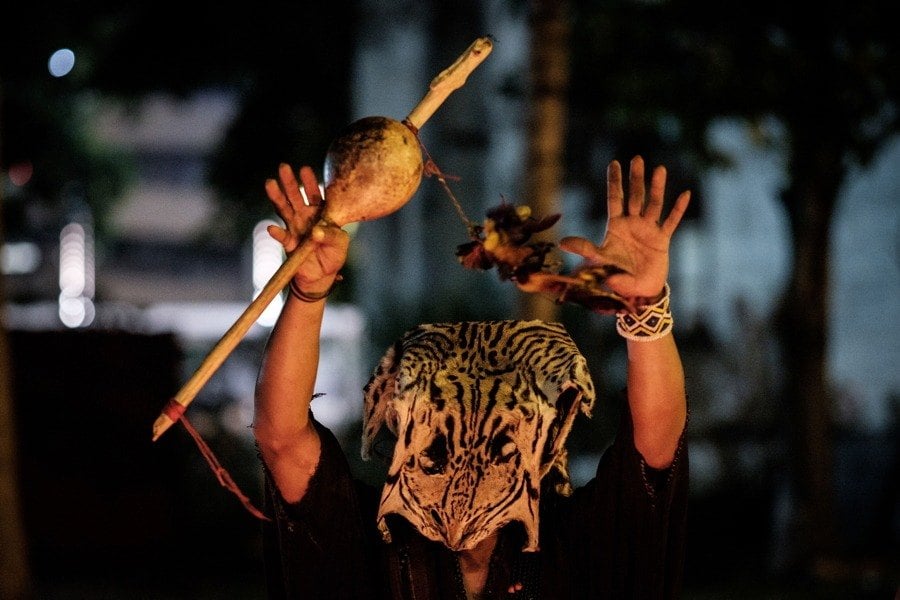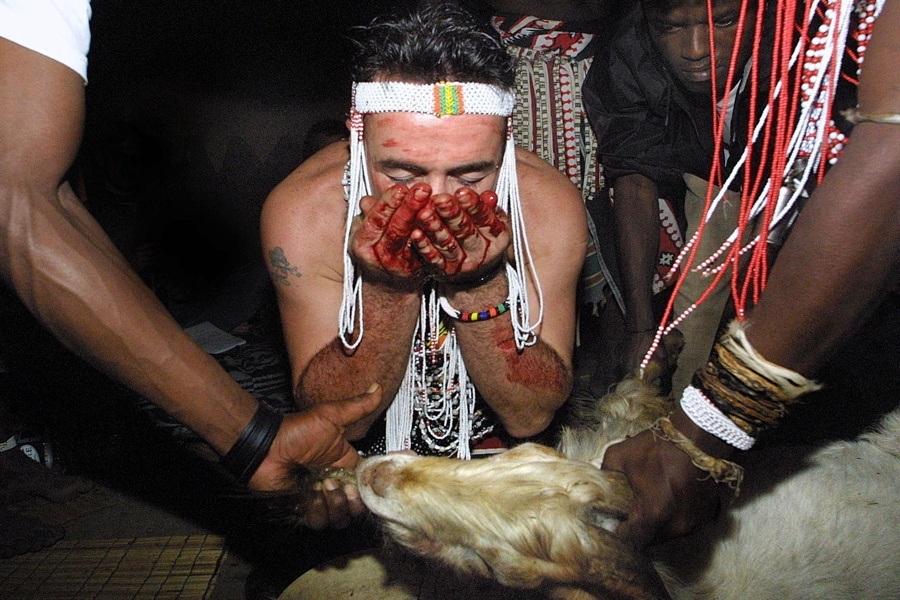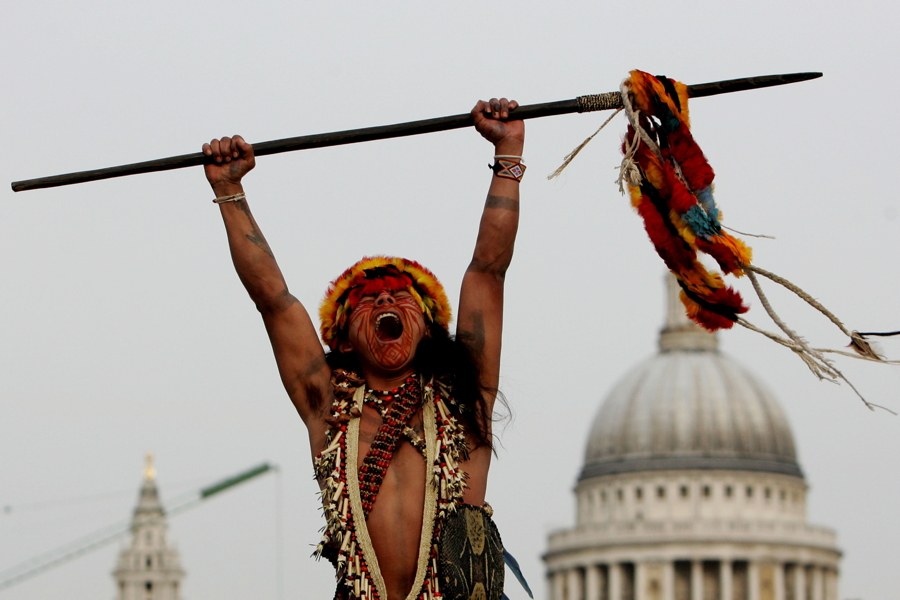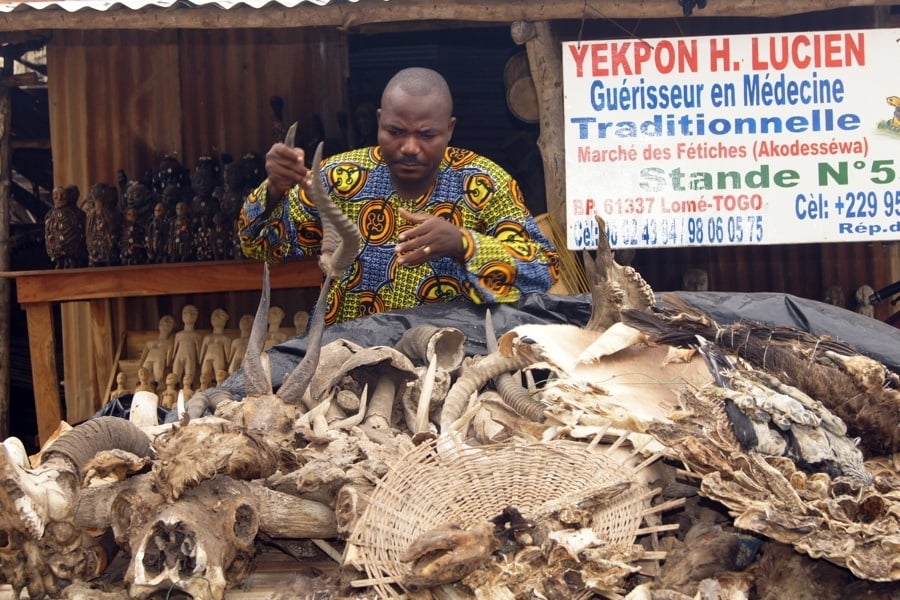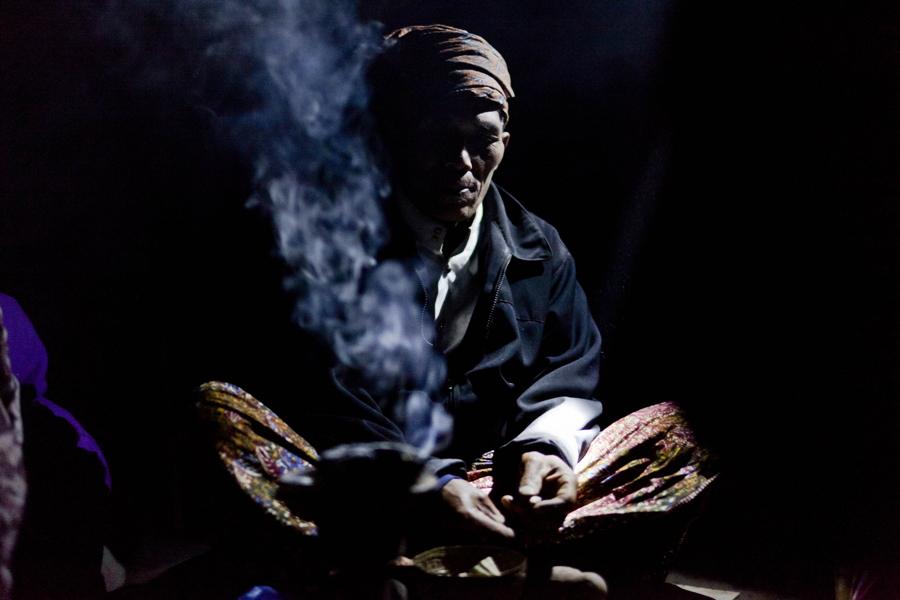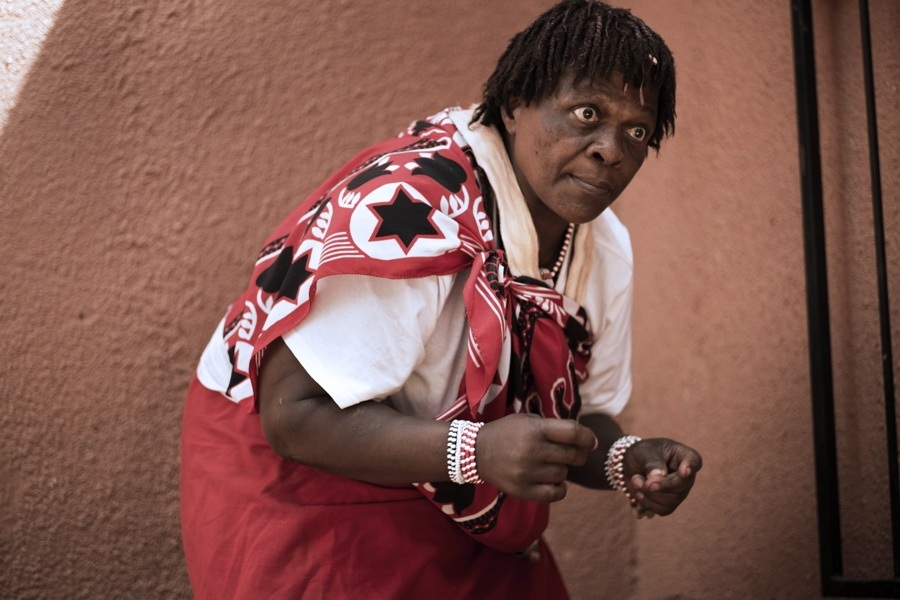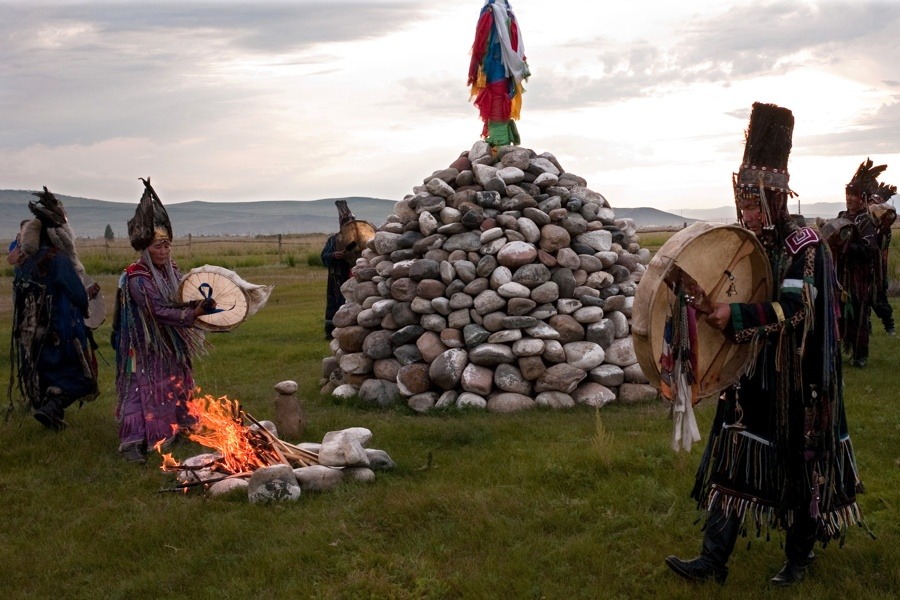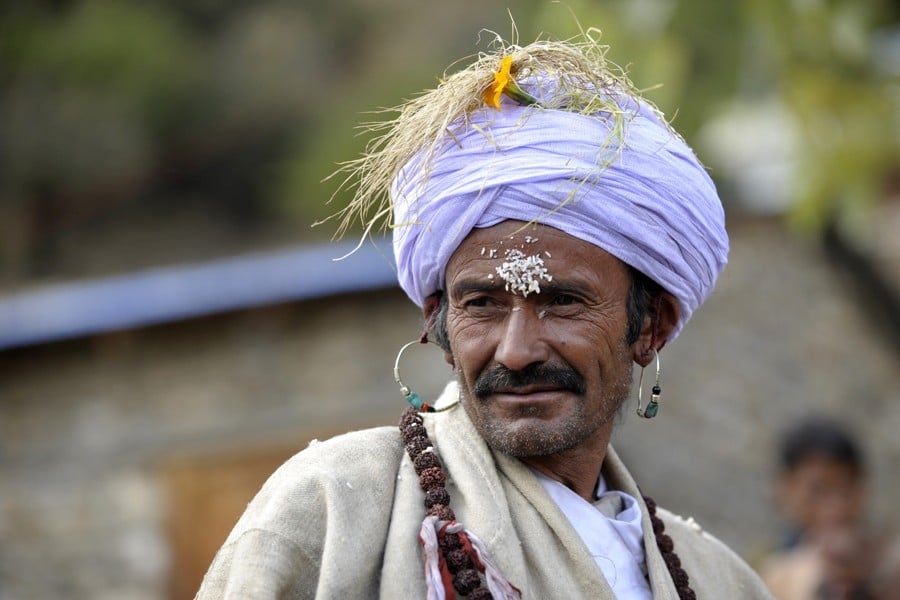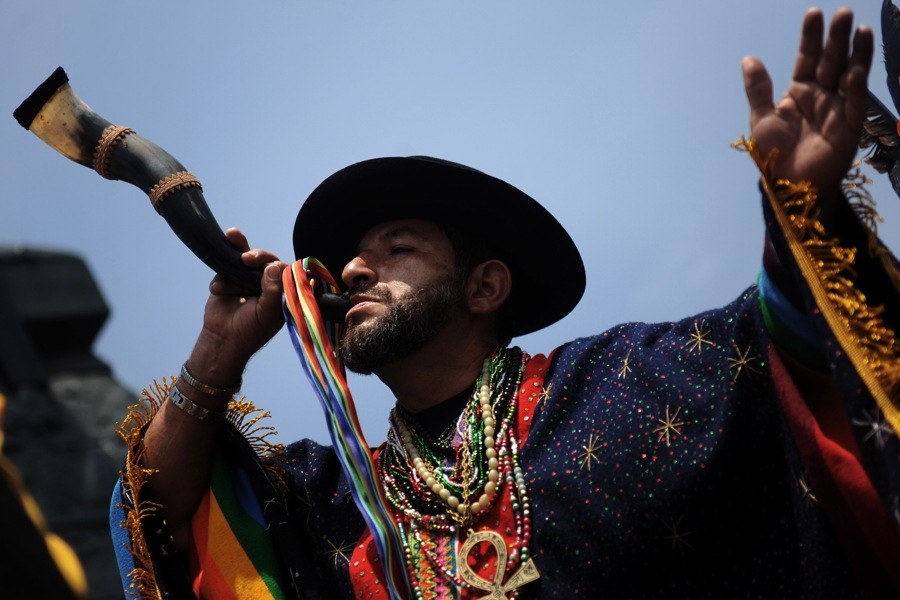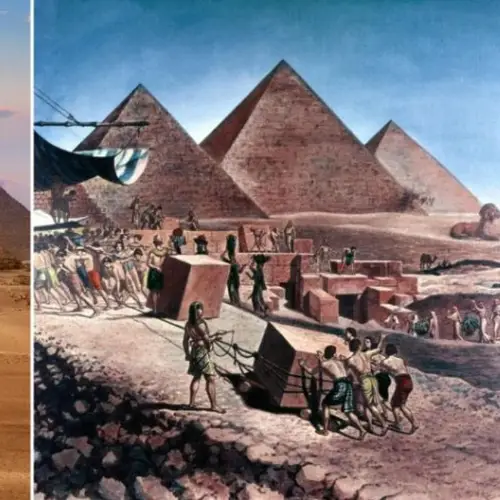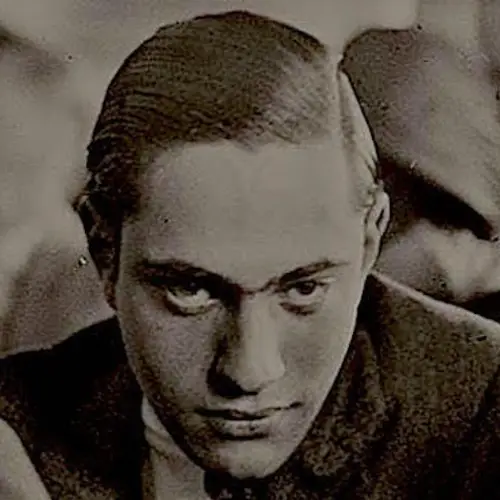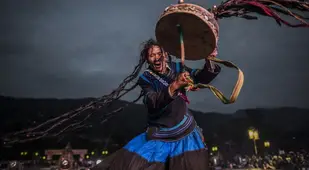Also known as shamans or medicine men, witch doctors can be found from Peru to China to South Africa — but they're not at all what you may think.
“Witch doctors” are the victims of some truly unfortunate irony: While considered noble healers and guardians who would protect others from witches and general malady, many popularly understand these herbalists as witches themselves.
By virtue of the role's inherent traditionalism, most cultures' witch doctors are still doing the same things they were doing back when they were considered the "good" guys. But with the development of modern medical science — and negative stereotypes created and perpetuated by colonists — the shifting scales of history have dumped witch doctors on the wrong side of the fence.
Today, many people in the Western world implicitly believe witch doctors to be uninformed at best and malevolent at worst. The same goes for shamans, healers, and all the other various practitioners of divination and traditional medicine who are still found in dozens of cultures around the world. Some of these practitioners make an honest living, but most are trotted out at festivals (often willingly) only as human curios, living museum pieces emblematic of a comfortingly distant past.
But whether their roles are ceremonial or not, what part do shamans, witch doctors, and the like play in the world today? Below, learn more about witch doctors and their controversial history. And above, look through 29 photos of traditional healers from around the world.
A Brief History Of Medicine Men And Shamans
Witch doctors have existed, in one form or another, in cultures across the globe since ancient times. Traditionally, they were healers and spiritual leaders who depended on spells and rituals to cure ailments.
In Native American cultures, for example, medicine men (and women) conducted ceremonies to cure diseases and control spirits. Though the details of such ceremonies are often kept secret from outsiders, artist George Catlin witnessed a medicine man at work at Fort Union (present-day North Dakota) in 1832.
Catlin watched as the healer gave a sick man different roots and herbs before "shaking his frightful rattles, and singing songs of incantation," as Catlin wrote in his book Illustrations of the Manners, Customs, and Condition of the North American Indians. The man wore "the skins of snakes, and frogs, and bats, — beaks and toes and tails of birds, — hoofs of deer, goats, and antelopes," which were somehow deformed and therefore filled with healing power.
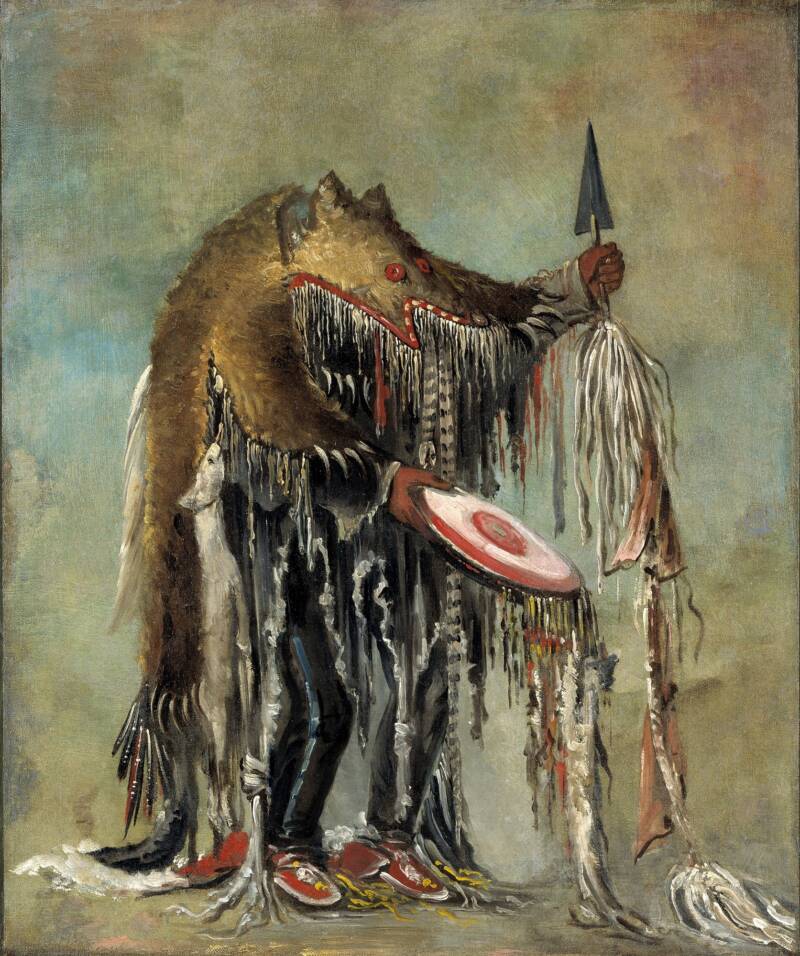
Public DomainGeorge Catlin's Medicine Man, Performing His Mysteries over a Dying Man. 1832.
Elsewhere, including South America, Asia, and Celtic Europe, shamans long played an important role as healers and spiritual guides. They were known for entering a trance in order to help their communities, often by healing illnesses, changing the weather, or excising evil demons.
So, how did they earn the name "witch doctors"?
What Are Witch Doctors? Inside The Debate Over The Term
"Witch doctors" have operated in places like Africa since ancient times. The term — which was coined by white colonists — is sometimes used to describe herbalists and healers who play a similar role as medicine men and shamans.
For example, places like Tanzania often have a village "Babu." These healers use their knowledge of plants and herbs, as well as the spiritual realm, to treat patients.
However, significant confusion surrounds the terms "witch doctor" and "healer." Though National Geographic notes that the term "witch doctor" is often a derogatory term for a traditional healer, they also report that witch doctors are different from healers. Namely, witch doctors use spells to heal illnesses or other ailments that are blamed on witchcraft.
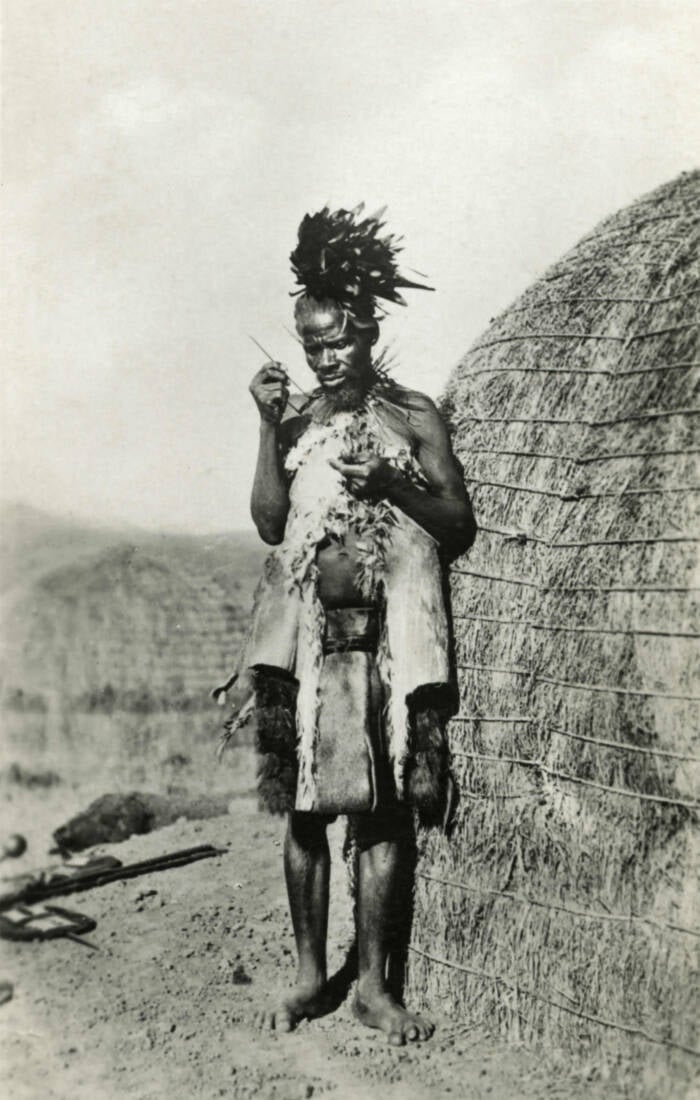
colaimages / Alamy Stock PhotoA "witch doctor" in Ethiopia in the 1930s. Some claim that the term "witch doctor" was an invention by foreign writers and that they are actually traditional healers.
Likewise, as reported by The New York Times in 1970, an African professor visiting the city explained during a lecture that the term "witch doctor" was simply an invention of foreigners to describe healers.
Either way, these healers have continued to operate into modern times.
The Role Of Witch Doctors In Today's World
Belief in witches and witch doctors continues in places like Africa to this day. In 2009, witch doctors in Gambia kidnapped some 1,000 people suspected of being witches. They were taken to detention centers, beaten, and forced to drink hallucinogenic concoctions that left many severely ill.
This witch hunt was purportedly triggered by President Yahya Jammeh, who believed that his family had been victims of witchcraft.
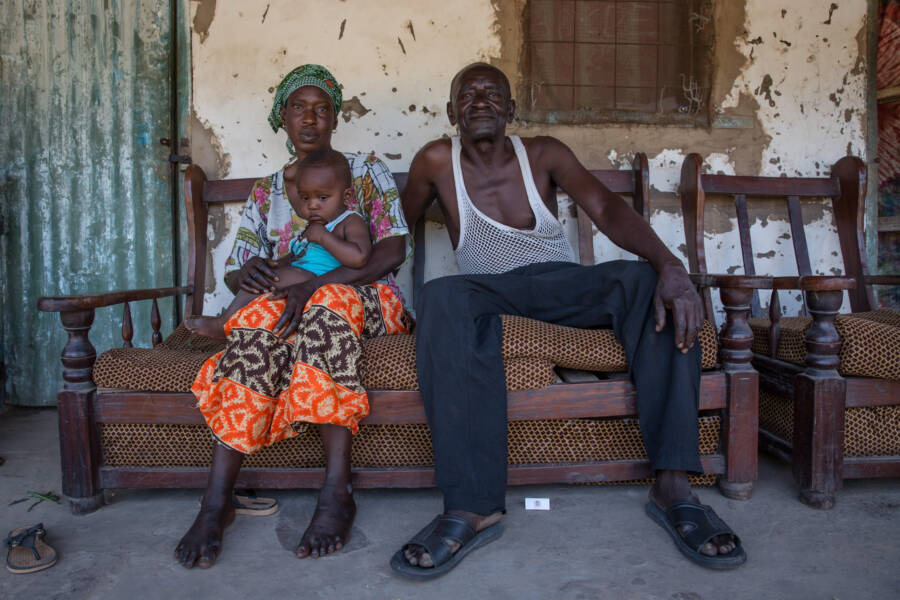
ZUMA Press, Inc. / Alamy Stock PhotoVictims of the Gambia witch hunt were forced by "witch doctors" to drink a hallucinogenic liquid until they confessed to allegations against them.
Indeed, National Geographic reports that fear of witches has resulted in violence against people with albinism in Africa since witch doctors purportedly believe that their body parts and hair have magical powers. There has also been reported conflict surrounding people with HIV/AIDS, as the spread of the disease is often blamed on witchcraft.
That said, many people also seek out witch doctors for help with ailments and illnesses. Some Westerners have even turned to these traditional healers because they've found modern medicine lacking.
According to a 1978 article from the Washington Post, an American public relations executive named Sheldon Ritter decided to visit a witch doctor for help with a persistent limp that Western medicine couldn't cure. During a trip to Senegal, he sought out a healer who told him he had "bad blood."
The healer made 18 small incisions on Ritter's knee, covered the area in brown powder, and wrapped it in a bandage. To Ritter's shock, his limp all but disappeared.
Similarly, the National Geographic show The Witch Doctor Will See You Now followed people who turned to witch doctors because Western medicine had failed to help them. A woman with asthma reportedly drank hallucinogenic tea and broth from a boiled termite nest in Peru, someone with chronic back pain underwent "tongue acupuncture" in China, people with tinnitus and eczema were treated with cow urine and yoga in India, and a woman who had claustrophobia and panic attacks ate the still-beating heart of a slaughtered chicken in Africa.
As such, the legacy of witch doctors — and shamans and medicine men — is very much alive today. Take a look at what modern witch doctors look like in the stunning gallery above.
After reading about witch doctors, discover the horrifying history of symphysiotomy, or "chainsaw childbirth." Then, learn about the gruesome history of bloodletting as a medical treatment.



